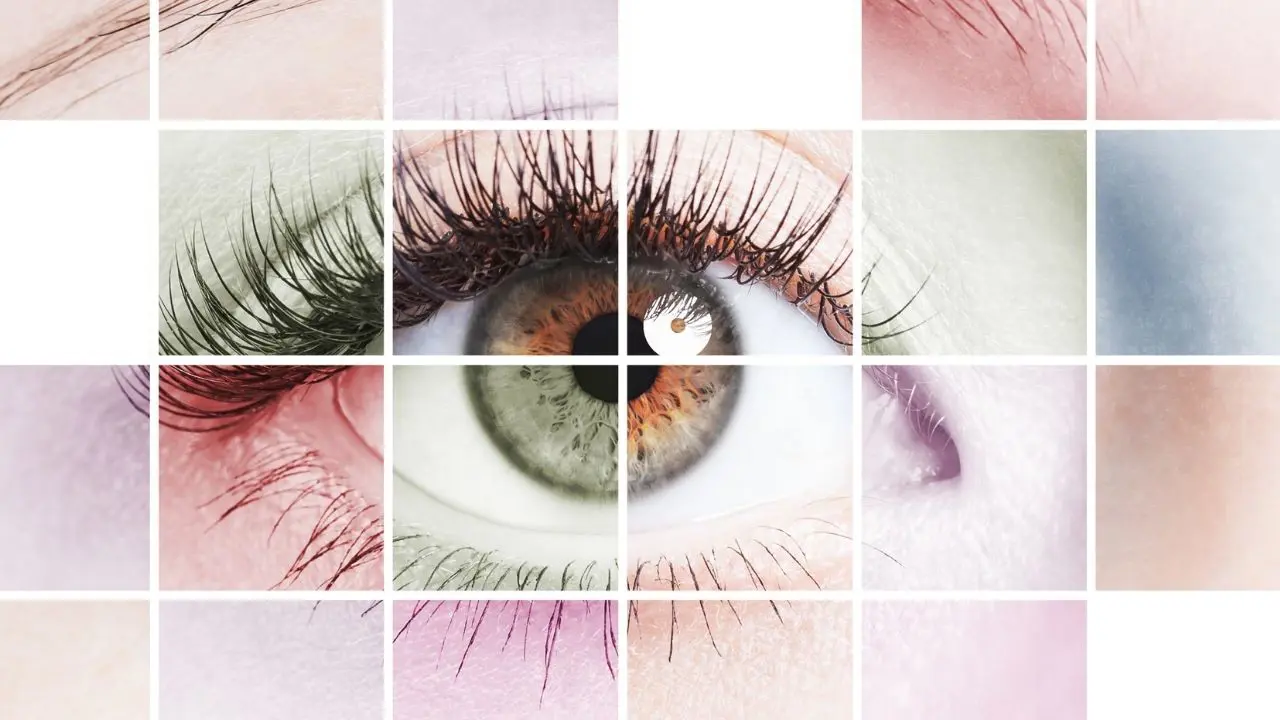
LASIK (Laser-Assisted in Situ Keratomileusis) eye surgery is a popular refractive surgery procedure performed to correct vision problems, including nearsightedness (myopia), farsightedness (hyperopia), and astigmatism. LASIK surgery aims to reduce or eliminate the need for eyeglasses or contact lenses by reshaping the cornea, the clear front surface of the eye, using a laser.
Here is an overview of LASIK eye surgery
Preoperative Evaluation: Before LASIK surgery, the patient undergoes a comprehensive eye examination to assess overall eye health and determine candidacy for the procedure. This evaluation may include measurements of corneal thickness, corneal curvature, pupil size, and refractive error.
Surgical Procedure: LASIK surgery is typically performed on an outpatient basis and takes about 15 minutes per eye. Here is a step-by-step overview of the procedure:
- Creation of Flap: The surgeon creates a thin flap in the outer layer of the cornea using a microkeratome (a mechanical device) or a femtosecond laser.
- Reshaping of Cornea: The surgeon uses an excimer laser to precisely reshape the underlying corneal tissue based on the patient's specific refractive error. This reshaping process corrects nearsightedness, farsightedness, or astigmatism by changing the curvature of the cornea.
- Flap Repositioning: After the cornea is reshaped, the flap is carefully repositioned, where it adheres naturally without the need for stitches.
Recovery and Postoperative Care: After LASIK surgery, patients are usually able to return home shortly after the procedure. Here are some key aspects of recovery and postoperative care:
- Temporary Discomfort: Some patients may experience mild discomfort, dryness, or a gritty sensation in the eyes immediately after LASIK surgery. This typically resolves within a few days.
- Follow-up Visits: Patients are scheduled for follow-up visits with their surgeon to monitor healing, evaluate visual acuity, and address any concerns or complications that may arise.
- Activity Restrictions: Patients are advised to avoid strenuous activities, swimming, and rubbing their eyes during the initial recovery period to minimize the risk of complications.
- Use of Eye Drops: Eye drops may be prescribed to prevent infection, reduce inflammation, and promote healing in the eyes. Patients are instructed on how to use these drops as directed.
Long-term Results: The majority of patients achieve improved vision without the need for eyeglasses or contact lenses following LASIK surgery. However, it's essential to understand that individual results may vary, and some patients may still require glasses or contacts for certain activities or tasks.
Risks and Complications: While LASIK surgery is considered safe and effective for the vast majority of patients, there are potential risks and complications, including dry eyes, glare, halos, undercorrection, overcorrection, flap complications, and infection. It's crucial for patients to discuss the benefits, risks, and expectations of LASIK surgery with their ophthalmologist before undergoing the procedure.
LASIK eye surgery offers many benefits, including improved vision and reduced dependence on corrective eyewear. However, it's essential for patients to undergo a thorough evaluation and consult with a qualified ophthalmologist to determine if LASIK is the right option for them. Additionally, patients should carefully follow preoperative and postoperative instructions to optimize outcomes and minimize the risk of complications.
